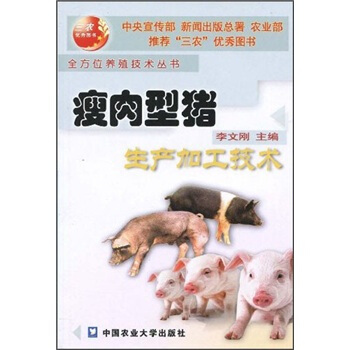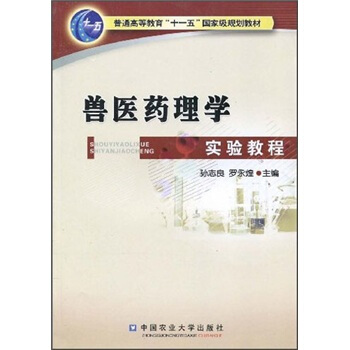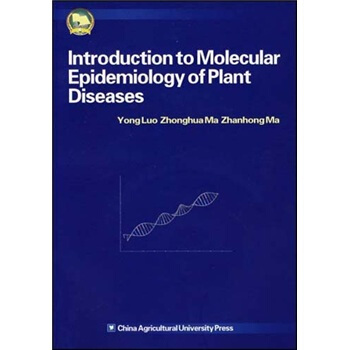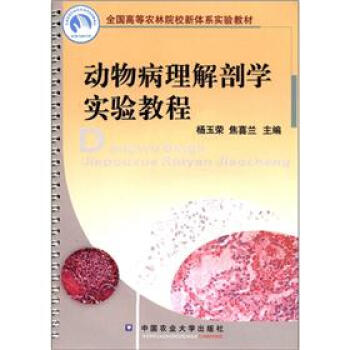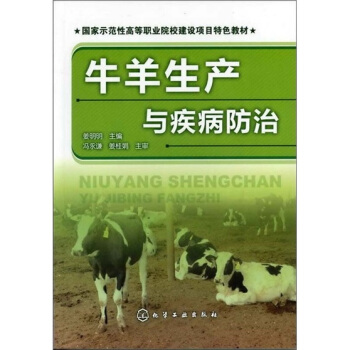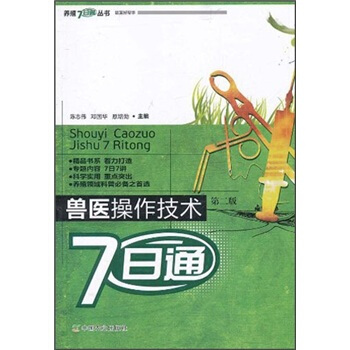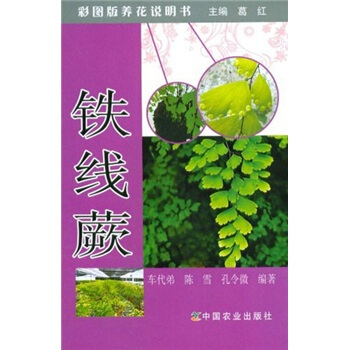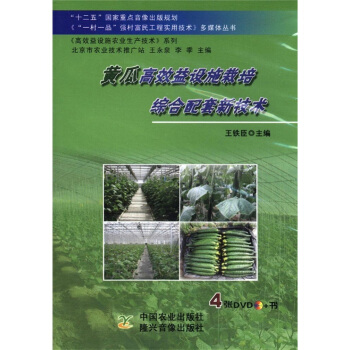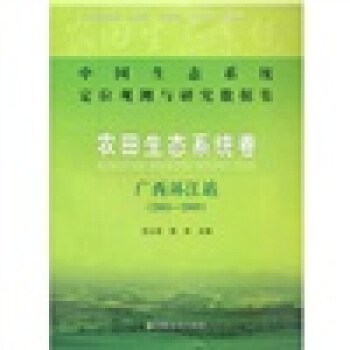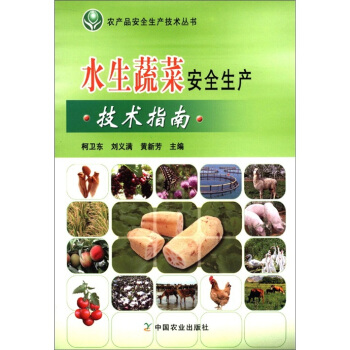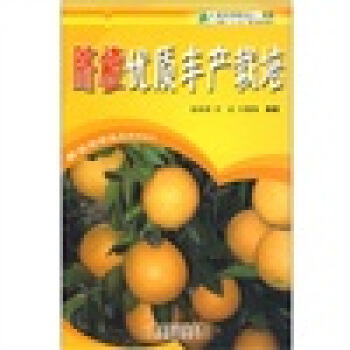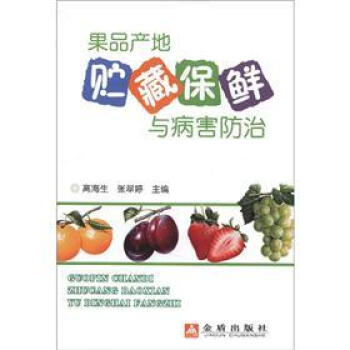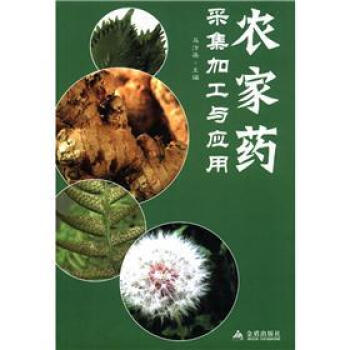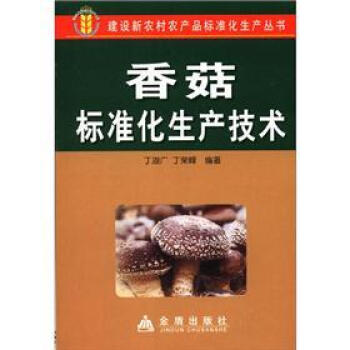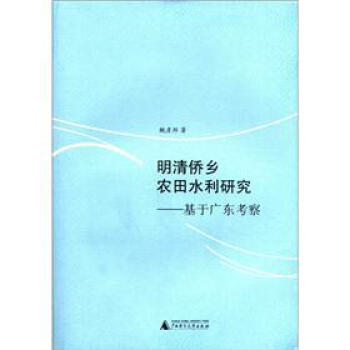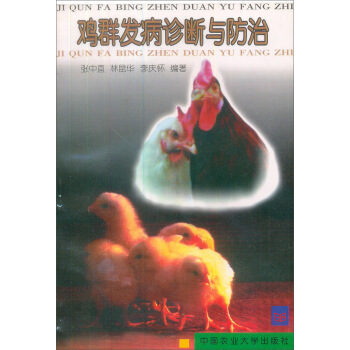具体描述
内容简介
《瘦肉型猪生产加工技术》畜牧业是以植物性和动物性产品为原料,通过动物生产获得人类必需动物产品的产业,其主体是养殖业。在发达国家,畜牧产值占农业总产值的比例多在60%以上,个别人多地少的国家甚至超过80%。畜牧产品作为国民经济支柱产业的食品加工业的原料供应已占到80%,人均年消费的食物中,肉、蛋、奶分别达到100 kg、15 kg和300 kg,占总量的80%。这说明,现代畜牧业已成为农业乃至国民经济的重要组成部分,其发展水平也成为一个国家或地区发展水平的重要标志。
内页插图
目录
第一章 猪场建筑
第一节 场址选择
第二节 建筑布局
第三节 猪舍建筑
第二章 猪的品种及繁育体系
第一节 猪的品种
第二节 杂交利用
第三节 种猪繁育体系
第四节 种猪的选择
第五节 种猪的引进
第三章 猪的饲养管理
第一节 猪的生物学特性及管理
第二节 猪场猪群结构
第三节 种公猪饲养管理及利用
第四节 后备母猪的饲养管理
第五节 空怀母猪的饲养管理
第六节 怀孕母猪的饲养管理
第七节 分娩母猪的饲养管理
第八节 哺乳母猪的饲养管理
第九节 仔猪的饲养管理
第十节 生产育肥猪的饲养管理
第四章 猪的人工授精
第一节 概述
第二节 公猪繁殖生理
第三节 精液的收集和处理
第四节 母猪的繁殖生理及发情鉴定
第五节 母猪的发情鉴定
第六节 输精
第七节 猪的人工授精操作规程
第五章 猪病防治基本知识
第一节 猪病综合防制
第二节 猪病诊断技术
第三节 猪预防用生物制品
第四节 猪病防治常用药物
第六章 猪传染病
第七章 猪寄生虫病
第一节 猪寄生虫病的基本知识
第二节 原虫病
第三节 蠕虫病
第四节 猪外寄生虫病
第八章 猪的普通病
第一节 猪的中毒性疾病
第二节 猪的营养代谢病
第三节 猪的内科病
第四节 猪的产科病
第五节 猪的外科疾病
第九章 猪屠宰加工与卫生检验
第一节 猪的宰前管理与检验
第二节 屠宰加工车间的卫生管理
第三节 生产人员的卫生
第四节 宰后检验的组织与要求
第五节 屠猪宰后检验的处理
第六节 肉新鲜度的检验
第十章 屠宰工艺
第十一章 腌腊肉制品
第十二章 熏烤制品
第十三章 酱卤制品
第十四章 灌制类制品
第十五章 干制品加工
参考文献
精彩书摘
产房的仔猪保温箱应安装红外线灯、石英加热管或保温地板。也可以考虑采用温室原理,增加猪舍的采暖保温能力。如从猪舍的南面墙向南建跨度适当的保温塑料大棚,在污道的南侧种植温棚蔬菜。这样既增加猪舍内的温度,又改善了猪舍小环境,也有利于土地的充分利用,增加收入
(五)降温、通风设施猪舍的通风设施有自然对流通风、纵向负压通风、纵向正压通风等。后两种通风为机械通风。降温设施更多地采用喷淋降温,也有采用湿帘和负压通风设备降温的。除产房和保育舍外,猪舍一般都适合喷淋降温
(六)排污设施猪舍建筑中应考虑到猪的粪尿分离问题,整个猪场、整个猪舍地面、每个猪圈地面、定位栏地面都要有一定的倾斜度,以免猪舍地面上到处都有粪污。猪舍内地面均应向污道侧倾斜,整个猪舍应向猪场的污道方向倾斜
(七)喂料器
喂料器应根据不同月龄、不同类型猪群、不同的圈舍、不同的喂料方式而有所不同。哺乳仔猪、断奶仔猪一般采食的是颗粒饲料,可以用水泥料槽,但最好用自动料槽;生长猪、育肥猪的喂料方式有地面喂料、料槽喂料、自动喂料器、单格喂料器等。空怀母猪、怀孕母猪主要采用水泥料槽喂料,哺乳母猪则多用铸铁料槽喂料
(八)饮水器
传统养猪法是料槽和水槽共用,因此工作量很 大,猪的饮水受到时间限制,对猪的健康不利。目前猪场最常用的饮水器是鸭嘴式饮水器,少数猪场采用碗式饮水器。
……
前言/序言
畜牧业是以植物性和动物性产品为原料,通过动物生产获得人类必需动物产品的产业,其主体是养殖业。在发达国家,畜牧产值占农业总产值的比例多在60%以上,个别人多地少的国家甚至超过80%。畜牧产品作为国民经济支柱产业的食品加工业的原料供应已占到80%,人均年消费的食物中,肉、蛋、奶分别达到100 kg、15 kg和300 kg,占总量的80%。这说明,现代畜牧业已成为农业乃至国民经济的重要组成部分,其发展水平也成为一个国家或地区发展水平的重要标志。
我国畜牧业的发展大致经过家庭副业、专业饲养和规模化饲养三个阶段,目前正在更广泛的区域向现代集约型方向转变,特别是改革开放以来的20多年,我国畜牧业得到迅速发展。主要表现在:①畜牧生产总量稳定增长,如2002年肉、蛋、奶总产量比1978年提高6~11倍,人均占有量和年均消费量也都有大幅度提高;②畜牧业科技含量明显提高,如主要畜禽的良种覆盖率、饲料转化率和发病死亡率等生产指标得到有益的改变,科技进步对畜牧经济增长的贡献率超过45 9,6;⑨畜牧业在农业生产体系中的主导地位已基本确定,如畜牧业产值占农业总产值的比例由1949年的12.4%、1978年的15.0%上升到2000年的30%以上;④畜牧产业化格局初具雏形,如社会化服务体系日趋完善、规模化经营不断提高和多渠道开拓市场初见成效等。
《田园牧歌:消失的山野风物与乡村记忆》 简介 本书并非一本关于养殖业的技术指南,也与猪的生产加工过程无直接关联。它是一曲献给那些正在悄然消逝的山野风物、乡村记忆和古老生活的挽歌。作者以一颗饱含深情的心,穿梭于中国广袤而逐渐被遗忘的乡村角落,用细腻的笔触和朴实的语言,记录下那些即将被现代文明洪流冲刷殆尽的珍贵瞬间。 第一章:山林的低语——遗落的野趣与草木情深 在工业化和城市化的浪潮席卷之下,许多人已经遗忘了山林的馈赠,遗忘了那些曾经滋养着一代代人的山野之味。本章将带领读者一同走进那些隐匿在群山之中、溪流之畔的原始世界。我们将一同探寻那些如今已难得一见的野生植物,了解它们曾经在乡村生活中扮演的角色。 forgotten herbs and their medicinal secrets: We will delve into the forgotten lore of wild herbs, not for their modern medicinal applications, but for their ancient uses as remedies, dyes, and even as part of daily sustenance. Think of wild ginger used to ward off colds, stinging nettles transformed into nourishing broths, or the vibrant hues extracted from berries and barks for textile coloring. The focus here is on the knowledge passed down through generations, the intuitive understanding of nature's pharmacy. edible treasures of the wild: Beyond medicinal plants, the chapter will celebrate the bounty of edible wild species. We'll recount tales of foraging for wild mushrooms after the autumn rains, the joyous discovery of tart wild berries bursting with flavor, or the subtle sweetness of wild roots unearthed from the earth. These are not the cultivated fruits of orchards, but the untamed offerings of the forest floor, a testament to nature's generous, albeit dwindling, provisions. the forgotten language of the forest: This section explores the deeper connection between rural communities and their forest environment. It's about understanding the whispers of the wind through the leaves, the songs of unseen birds, the subtle signs that predict weather changes, and the respectful coexistence that once defined human interaction with the wild. It's about a primal understanding of cycles, seasons, and the delicate balance of ecosystems, a language that modern society is increasingly deaf to. 第二章:乡土的脉搏——古老农耕的智慧与节奏 农耕文明是中国乡村的灵魂,而古老的农耕方式,承载着一代代人的汗水、智慧与朴素生活哲学。本章将聚焦于那些正在消逝的传统耕作技艺和与土地共生的生活节奏。 the rhythm of the seasons: We will paint a vivid picture of the agrarian calendar, not as a series of dates, but as a living, breathing cycle dictated by the sun, moon, and earth. From the arduous task of spring plowing, guided by the strength of oxen and the foresight of the farmer, to the golden harvest of autumn, the quiet slumber of winter – each season brought its own set of rituals, challenges, and celebrations. This is about a life lived in harmony with nature's tempo, a stark contrast to the clock-driven pace of urban existence. forgotten tools and techniques: The chapter will introduce readers to the ingenious tools and methods developed over centuries of agricultural practice. Think of the hand-carved wooden plows that turned the soil with painstaking effort, the intricate weaving of straw into baskets and mats, or the traditional methods of seed saving and crop rotation that ensured fertility and resilience. These are not simply relics of the past, but testaments to human ingenuity and resourcefulness in the face of environmental constraints. the philosophy of sustenance: Beyond the practicalities of farming, this section explores the underlying philosophy of sustenance that permeated rural life. It's about a deep respect for the land that provides food, a sense of community forged through shared labor and mutual aid, and a notion of sufficiency that valued quality of life over material accumulation. It's about a profound connection to the source of one's nourishment, a gratitude that is increasingly rare. 第三章:尘封的记忆——乡村生活的光影与人情冷暖 乡村,不仅仅是土地和房屋,更是由无数个鲜活的生命、温暖的人情和代代相传的故事 woven into an intricate tapestry. 本章将搜集那些散落在乡村角落的记忆碎片,重现那些温暖而又真实的生活场景。 the hearth and home: This part will explore the heart of rural dwellings – the hearth. We'll describe the communal gatherings around the fire, the storytelling that filled the evenings, the simple meals prepared and shared with love. It's about the sensory details of a rural home: the scent of woodsmoke, the warmth of the embers, the comforting weight of a handmade quilt. These are the foundations of family and community. the village marketplace and communal gatherings: The village marketplace was more than just a place for trade; it was a vibrant hub of social interaction, a place where news was exchanged, friendships were forged, and the pulse of the community was felt. We'll recount the lively atmosphere of market days, the boisterous calls of vendors, and the quiet conversations that transpired. Similarly, communal events like festivals, weddings, and funerals will be depicted, highlighting the shared joys and sorrows that bound people together. elders' wisdom and childhood tales: The elderly were the keepers of tradition, the living libraries of the village. This section will capture the wisdom passed down from elders – their practical advice, their moral guidance, and their nostalgic recollections of a bygone era. We will also revisit the unbridled joy of childhood in the countryside – the games played in the fields, the adventures in the woods, the simple pleasures that shaped young lives. These are the narratives that give a village its unique character and soul. 第四章:时代的潮汐——现代冲击下的乡村变迁 然而,如同奔腾不息的河流,现代文明的浪潮也无可避免地冲击着乡村的宁静。本章将以一种客观而略带伤感的心情,记录下这场变革留下的痕迹。 the allure and exodus of youth: The bright lights of the city, the promise of economic opportunity, and the allure of a more modern lifestyle have drawn many young people away from their ancestral villages. This section will explore the reasons behind this migration, the bittersweet farewells, and the lingering emptiness left behind in communities where aging populations are becoming the norm. the erosion of traditional practices: As generations with intimate knowledge of traditional ways pass on, so too do many of their skills and practices. This part will observe the gradual fading of ancient crafts, the adoption of modern farming techniques that may be more efficient but lack the soul of the old ways, and the homogenization of rural landscapes under the influence of standardized architecture and infrastructure. the bittersweet preservation of memory: In the face of these profound changes, a counter-movement of remembrance and preservation is also emerging. This section will touch upon the efforts of individuals and communities to document and safeguard their heritage – through local museums, oral history projects, or the simple act of sharing stories with younger generations. It’s a quiet struggle against the tide of forgetting, a testament to the enduring value of roots and identity. 结语:一曲未竟的歌 《田园牧歌:消失的山野风物与乡村记忆》并非一本终结性的著作,而是一首仍在吟唱的歌。它试图在最快速的时代留住最慢的时光,在最喧嚣的城市唤醒最纯粹的回忆。它邀请每一位读者,无论你是否来自乡村,都去感受那份淳朴的温情,去体味那份与土地相连的深刻,去珍藏那些即将逝去的,属于我们共同的,宝贵的乡村记忆。这本书,是为了提醒我们,在那片日渐稀疏的土地上,依然有不曾被遗忘的芬芳,有值得我们倾听和守护的,关于生活最本真的声音。
